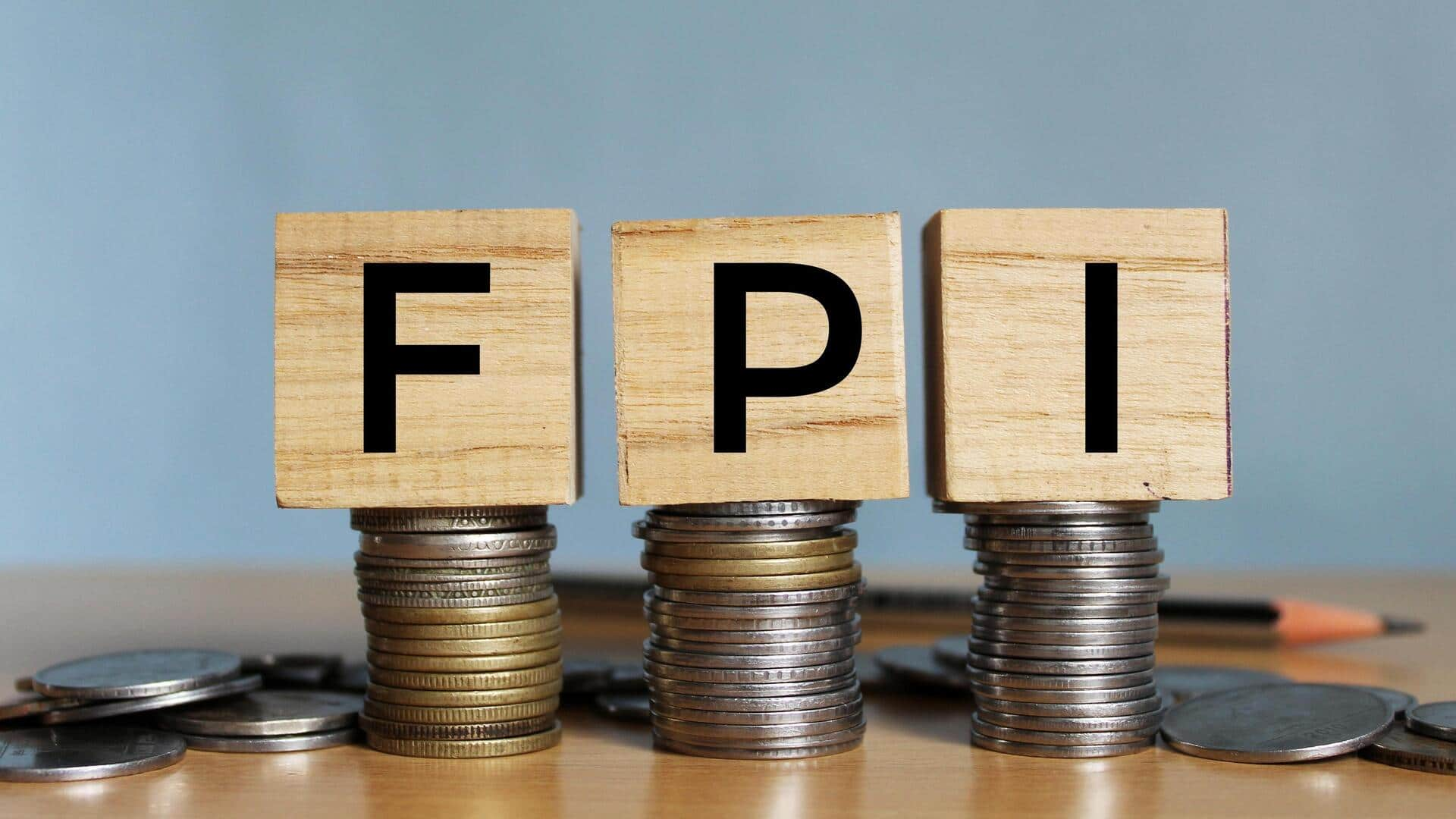
FPIs continue selling streak, withdraw $2.7B from equities in September
What's the story
Foreign portfolio investors (FPIs) have pulled out $2.7 billion from Indian equities in September, marking the third consecutive month of selling pressure. The data from the National Securities Depository Limited (NSDL) indicates that 2025 is on track for record foreign withdrawals based on the current trend. So far this year, FPIs have offloaded a total of $17.6 billion worth of Indian equities.
Market trends
Second-highest outflow in history
The current nine-month period is witnessing the second-highest outflow in history, only behind 2022's $22.3 billion exodus amid the Russia-Ukraine war and aggressive global rate hikes. FPIs have been selling off Indian equities for three months now. Ajit Banerjee, President and Chief Investment Officer at Shriram Life Insurance, attributed this trend to geopolitical tensions, tariff shocks from the US, H-1B visa fee hikes, and lackluster earnings.
Economic implications
US tariffs and H-1B visa fee hikes impact India
Banerjee also flagged the impact of steep 50% tariffs on domestic goods, which could affect over half of India's $87 billion exports to the US. Multiple brokerages have estimated that these tariffs could shave off 60-80 basis points from GDP growth if they persist for a year. Higher H-1B visa fees have also strained trade ties between India and the US, further impacting India's IT sector.
Market shift
FPI flows into China and other Asian markets
Banerjee noted a "tactical rotation" of FPI flows into China and other Asian markets, driven by stronger earnings, cheaper valuations, and relatively lower tariffs. This shift has contributed to India's benchmark Nifty 50 and BSE Sensex lagging behind their regional counterparts this year. The two indices have only risen by 4.1% and 2.7%, respectively, compared to a 22% rise in Asian markets and a whopping 24.6% jump in emerging market peers.